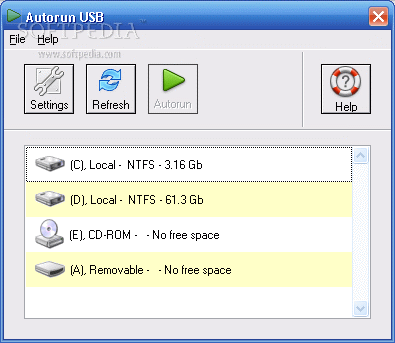

Message+ 768 1 0 Nov11 ? 00:05:46 /usr/bin/dbus-daemon -system -address=systemd: -nofork -nopidfile -systemd-activation -syslog-only Root 1 0 0 Nov11 ? 00:01:02 /lib/systemd/systemd -system -deserialize 22 On my system, I get the following: ~$ ps -ef | grep systemd Since every process in Linux is transparently visible, let’s see where systemd is lurking. In this article, we will explore what systemd is, what the reasons to the switch were, and how to use systemd to set up, run and manage background processes with it.

It’s replaced by systemd and since it is more or less the default process manager on major Linux versions, System Admin versed in other flavors will feel right at home. Until RHEL/CentOS 6.x, you would have created a script in /etc/init.d/ and enabled with the help of chkconfig but things are different on RHEL 7. The mechanism for managing and starting processes on boot has been changed. Wondering how to manage services in the background or on boot?


 0 kommentar(er)
0 kommentar(er)
